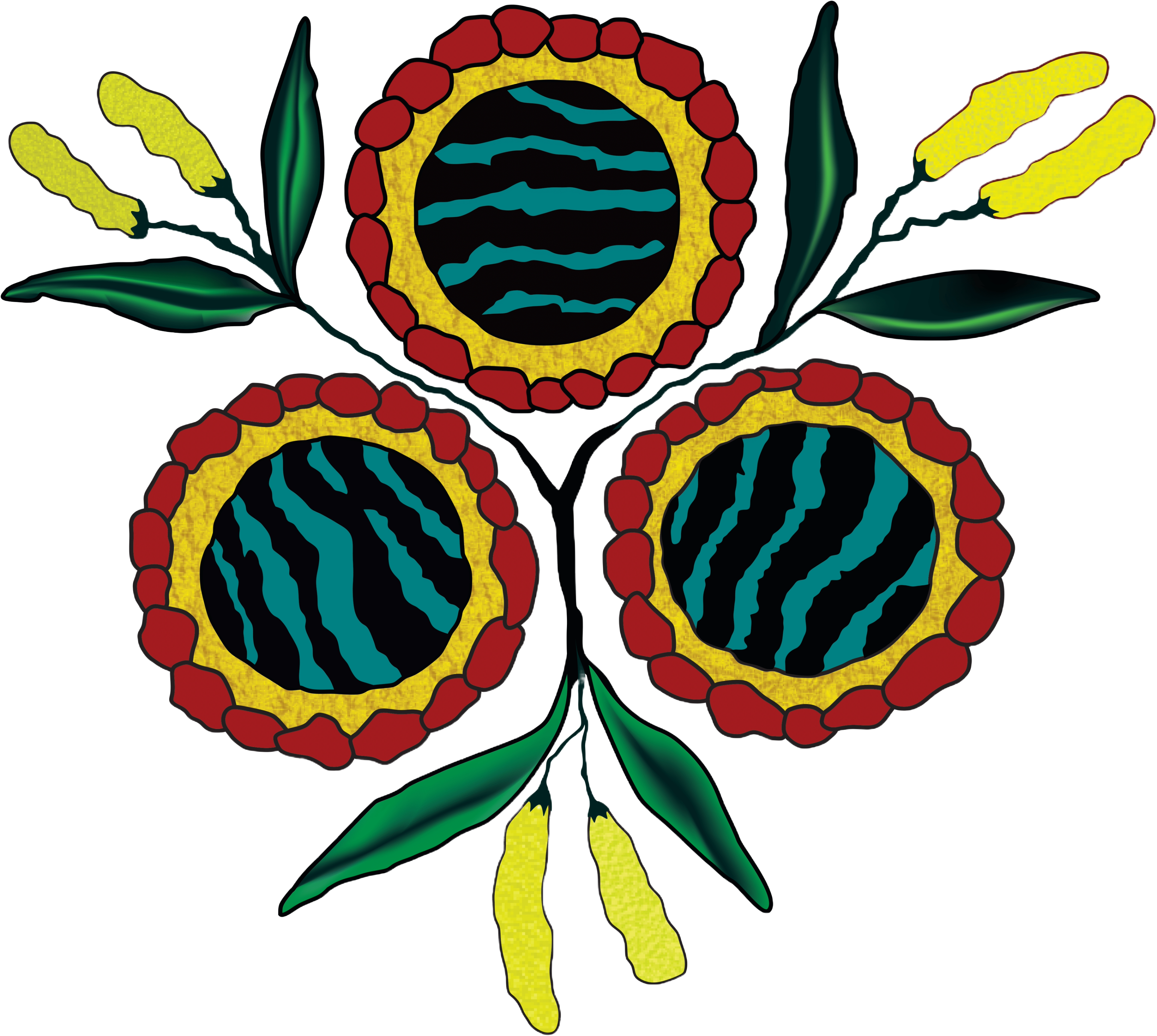FAQ About Native Title
FAQ About Native
Here are responses to the commonly asked questions about native title in Australia to help the public better understand this important issue:
1. What is native title in Australia?
Native title is the recognition of Indigenous Australians’ traditional rights and interests in land and waters under Australian law. It acknowledges their ongoing connection to Country (land, sea, and sky) and cultural heritage.
2. Who are the Traditional Owners of Australia's land and waters?
Traditional Owners are Indigenous groups with enduring connections to specific areas of land and waters. They have unique cultures, languages, and responsibilities for caring for Country.
3. How is native title determined and recognised?
Native title is established through legal processes, including court decisions and negotiated agreements, to confirm that Indigenous groups have maintained their traditional connection to land and waters.
4. What rights and interests does native title confer on Indigenous groups?
Native title rights and interests can include access for cultural and spiritual activities, hunting, fishing, and use for economic development. These rights coexist with other land interests.
5. What is a Native Title Determination?
It’s a legal decision by a court or agreement that recognises the existence (or non-existence) of native title in a specific area, and the nature and extent of the rights and interests.
6. What are Indigenous Land Use Agreements (ILUAs) in relation to native title?
ILUAs are agreements between Indigenous groups and others (like governments or companies) that clarify how native title rights and interests will be managed and any compensation or benefits provided.
7. How does native title coexist with other land rights and interests, such as pastoral leases and national parks?
Native title coexists with other land uses, and agreements help balance interests while ensuring the protection of cultural and environmental values.
8. What is the role of Native Title Representative Bodies (NTRBs) or the Prescribed Body Corporate (PBC)?
NTRBs or PBC assist Indigenous groups in native title matters, providing legal and practical support.
9. How do Indigenous landholders protect and manage cultural heritage sites on their land?
They may establish Cultural Heritage Management Plans to protect sites and collaborate with government agencies and developers.
10. What is the significance of cultural heritage management in native title?
It safeguards First Nations/Indigenous culture and history while allowing for sustainable development.
11. How can the public access Indigenous land for tourism or recreational purposes?
Many Indigenous groups offer cultural tours and experiences, promoting respectful engagement with their land and heritage.
12. What are the legal processes for addressing disputes related to native title?
Disputes may be resolved through negotiation, mediation, or legal proceedings, depending on the nature and parties involved.
13. How does native title impact economic development and opportunities for Indigenous communities?
It can create economic opportunities through partnerships, businesses, and employment, promoting self-determination.
14. What are some successful examples of cultural tourism initiatives related to native title?
Successful initiatives include cultural tours, art enterprises, and eco-tourism projects that showcase First Nations/Indigenous culture and heritage.
15. What is the relationship between native title and the broader First Nations/Indigenous rights movement in Australia?
Native title is one aspect of broader Indigenous rights and land justice movements advocating for self-determination, reconciliation, and social justice.
16. Are there any recent changes or updates to native title legislation or policies?
It’s essential to stay informed about changes, as native title laws and policies can evolve.
17. How can non-Indigenous Australians support and engage with native title and First Nations/Indigenous land rights issues?
Support can include respecting cultural protocols, educating oneself, advocating for First Nations/Indigenous rights, and engaging in respectful dialogue and partnerships with First Nations/Indigenous communities.
These responses aim to provide a comprehensive overview of native title in Australia and encourage understanding, respect, and engagement with Indigenous land rights and culture.

